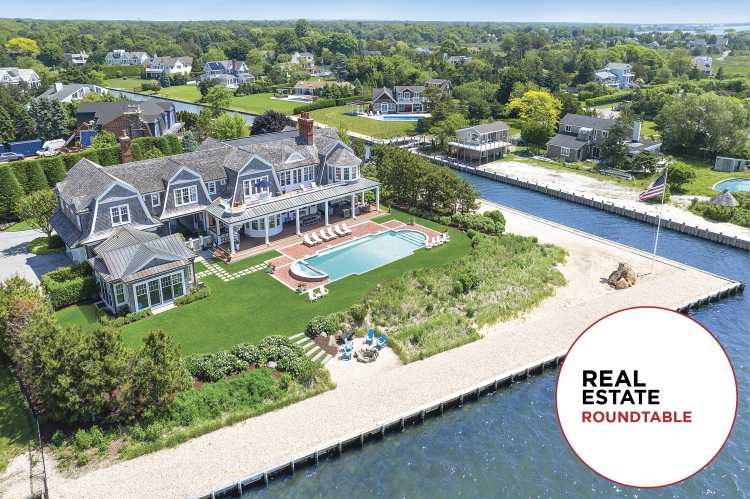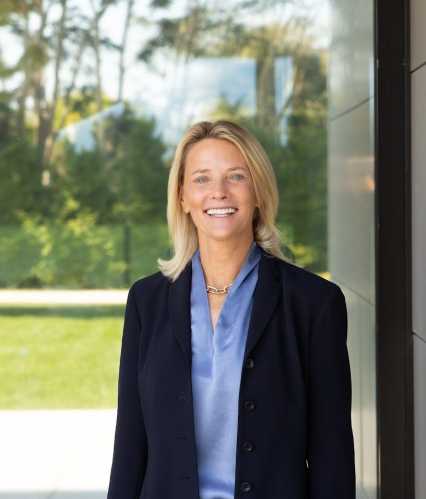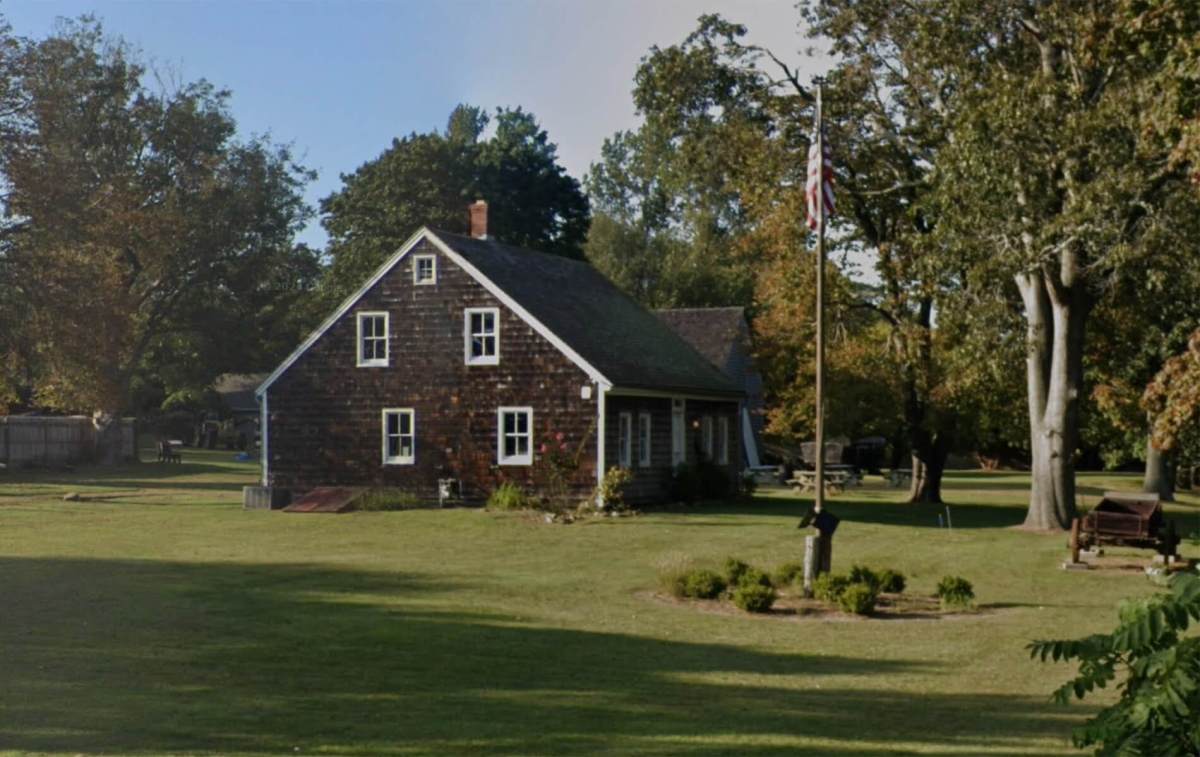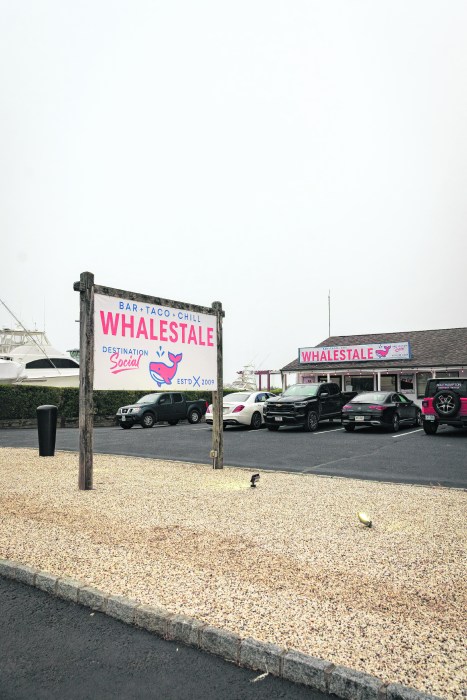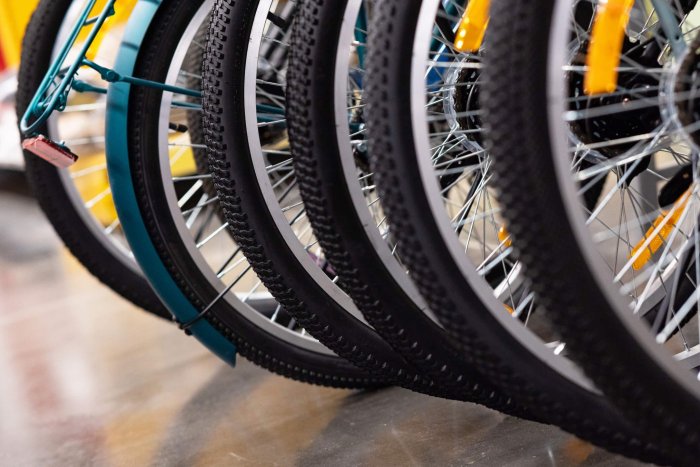Born of hard work, training and years of dedication to a chosen craft, great artisans are often part of a lineage going back generations. Whether through blood or apprenticeship, usually both, a master craftsman carries the baton of his or her forebears, adds to the legacy and then passes it forward. And so it is with Telemark construction company President and CEO Frank Dalene–a man who carries on the traditions of his Norwegian heritage while bestowing innumerable contributions to his scions, their students and those far into the future.
Dalene is wright of the highest order, but his skill as a custom builder and carpenter is just the beginning. For the last four decades, he has stood at the forefront of the growing green building and sustainability movement, and his efforts and ideas might just reshape the way homes are built worldwide.
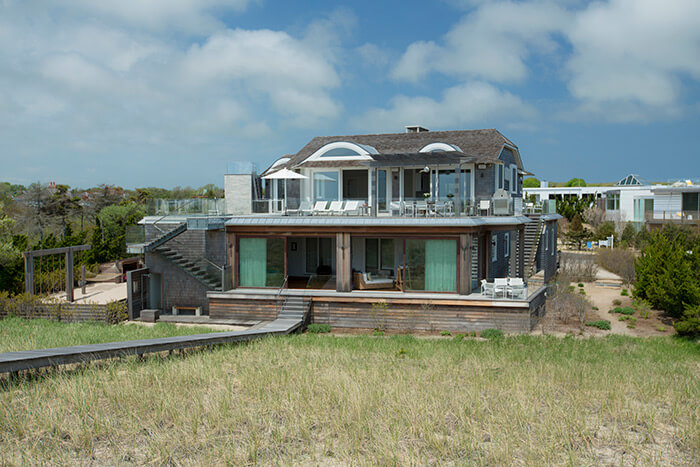
As he continued school, albeit with pre-med behind him, Dalene left plumbing and took a job as a framer and carpenter with a Norwegian builder who approached everything with the utmost care and artistry. “I was surrounded by Norwegian craftsman,” he says, describing the men who brought his training to another level. “The frames [we built] looked like a piece of artwork…customers didn’t want to put sheetrock on.”
Dalene took his new skills back to Long Island and started a carpentry contracting business. In 1978, after his father’s partner retired, he merged with Hugo’s company, and together formed Telemark. From there, “We migrated east,” Dalene says pointing out that East End construction was booming at the time, despite a recession up the island.
In the Hamptons, people took notice of their dependability, quality work and original designs, establishing Telemark as one of the region’s most sought after builders. Things snowballed from there, and before long the company broke the $1 million project threshold, opening a whole new world of opportunity.
Now a top custom builder, Dalene makes nearly every part of a home by hand and to architect specifications. From framing to doors, to furniture and architect-exclusive molding designs with hand-machined blades for cutting them, nothing Telemark does is cookie-cutter. “There’s not a lot of things purchased off the shelf,” Dalene says, noting that his team makes everything–all the way down to handmade drink coasters.
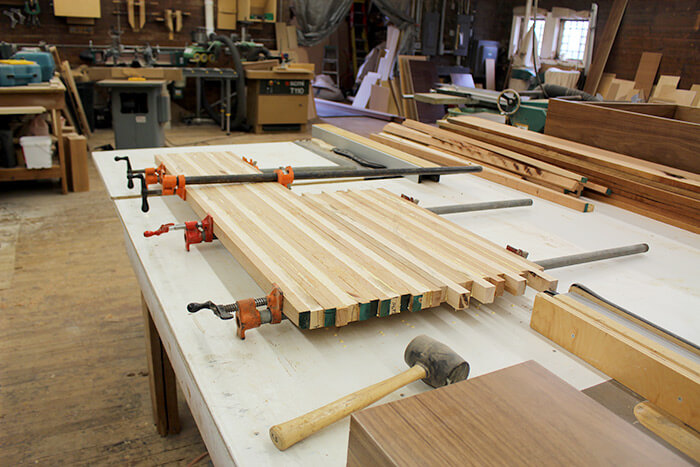
At the same time, “We were always innovating energy efficiency,” Dalene says. He worked with colleagues to come up with new approaches and systems, and was among the earliest early adopters of geothermal cooling, radiant heat and the like.
Today, Dalene speaks at international green building events, has served on various advisory boards, helped get related bills adopted in the NY State Assembly and Senate, and judged design contests, including the Attainable Long Island Green Home Design Competition. He notably led the completion of the Hamptons Green Alliance (HGA) House–a net‐zero energy, carbon neutral home, which earned the New York Solar Energy Industries Association Net Zero Residential Building Award in 2010.
“I’m an environmentalist first,” Dalene says, explaining that his commitment to the planet supersedes his business interests, though they often intersect. Among their many available services, Telemark offers energy audits to show clients how they can save money with various improvements to a home.
Perhaps his greatest project, and what could be his most paradigm-changing contribution, is a carbon footprint indexing system, which quantifies the carbon footprint of raw building materials that will then be used toward determining the true carbon footprint of a building from the ground up. Dalene says the numbered tags wouldn’t be used to decide taxes on products or projects, but rather promote green building through capitalism “using the free market economy to reduce greenhouse gasses.”

As he explains it, a factory making aluminum will have lower costs if it uses low-carbon hydroelectric power, for example, so its products should cost less, or at least the same, as materials from a factory using regular grid electricity. Contractors will then have an incentive to buy material with a lower carbon footprint. Dalene likens it to people choosing to buy organic produce over chemically treated veggies, except the cost wouldn’t be prohibitive. What contractor wouldn’t choose more earth friendly materials if it didn’t hurt–or even helped–his bottom line?
Dalene has brought his ideas to the Department of Energy in Washington D.C., and he says people are listening. “In America, change comes from the grass roots, and eventually it comes up to government, and government adopts it,” he adds, noting that his system could change the way the United States looks at all levels of manufacturing.
A revolution might be on its way.
To learn more about Frank Dalene and the Telemark team, or to order an energy audit, call 631-537-1600 or visit telemarkinc.com.


